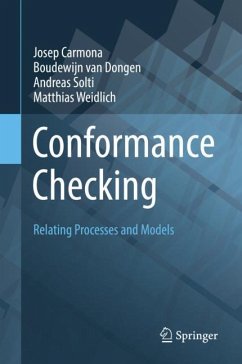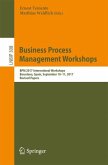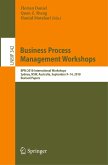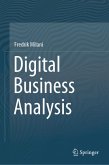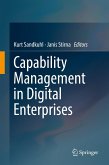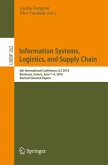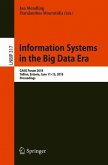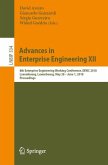This book introduces readers to the field of conformance checking as a whole and outlines the fundamental relation between modelled and recorded behaviour. Conformance checking interrelates the modelled and recorded behaviour of a given process and provides techniques and methods for comparing and analysing observed instances of a process in the presence of a model, independent of the model's origin. Its goal is to provide an overview of the essential techniques and methods in this field at an intuitive level, together with precise formalisations of its underlying principles.
The book is divided into three parts, that are meant to cover different perspectives of the field of conformance checking. Part I presents a comprehensive yet accessible overview of the essential concepts used to interrelate modelled and recorded behaviour. It also serves as a reference for assessing how conformance checking efforts could be applied in specific domains. Next, Part IIprovides readers with detailed insights into algorithms for conformance checking, including the most commonly used formal notions and their instantiation for specific analysis questions. Lastly, Part III highlights applications that help to make sense of conformance checking results, thereby providing a necessary next step to increase the value of a given process model. They help to interpret the outcomes of conformance checking and incorporate them by means of enhancement and repair techniques.
Providing the core building blocks of conformance checking and describing its main applications, this book mainly addresses students specializing in business process management, researchers entering process mining and conformance checking for the first time, and advanced professionals whose work involves process evaluation, modelling and optimization.
The book is divided into three parts, that are meant to cover different perspectives of the field of conformance checking. Part I presents a comprehensive yet accessible overview of the essential concepts used to interrelate modelled and recorded behaviour. It also serves as a reference for assessing how conformance checking efforts could be applied in specific domains. Next, Part IIprovides readers with detailed insights into algorithms for conformance checking, including the most commonly used formal notions and their instantiation for specific analysis questions. Lastly, Part III highlights applications that help to make sense of conformance checking results, thereby providing a necessary next step to increase the value of a given process model. They help to interpret the outcomes of conformance checking and incorporate them by means of enhancement and repair techniques.
Providing the core building blocks of conformance checking and describing its main applications, this book mainly addresses students specializing in business process management, researchers entering process mining and conformance checking for the first time, and advanced professionals whose work involves process evaluation, modelling and optimization.

